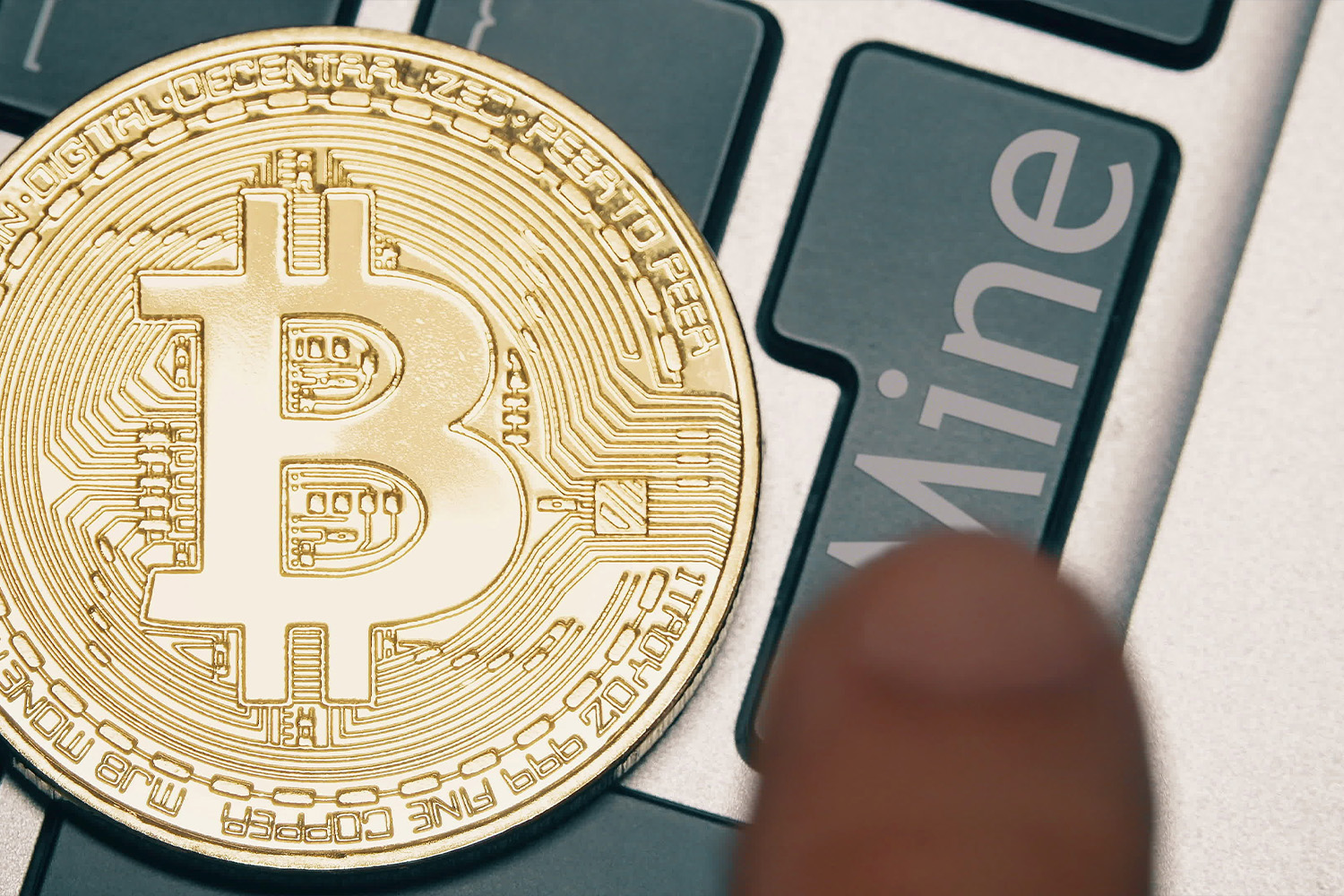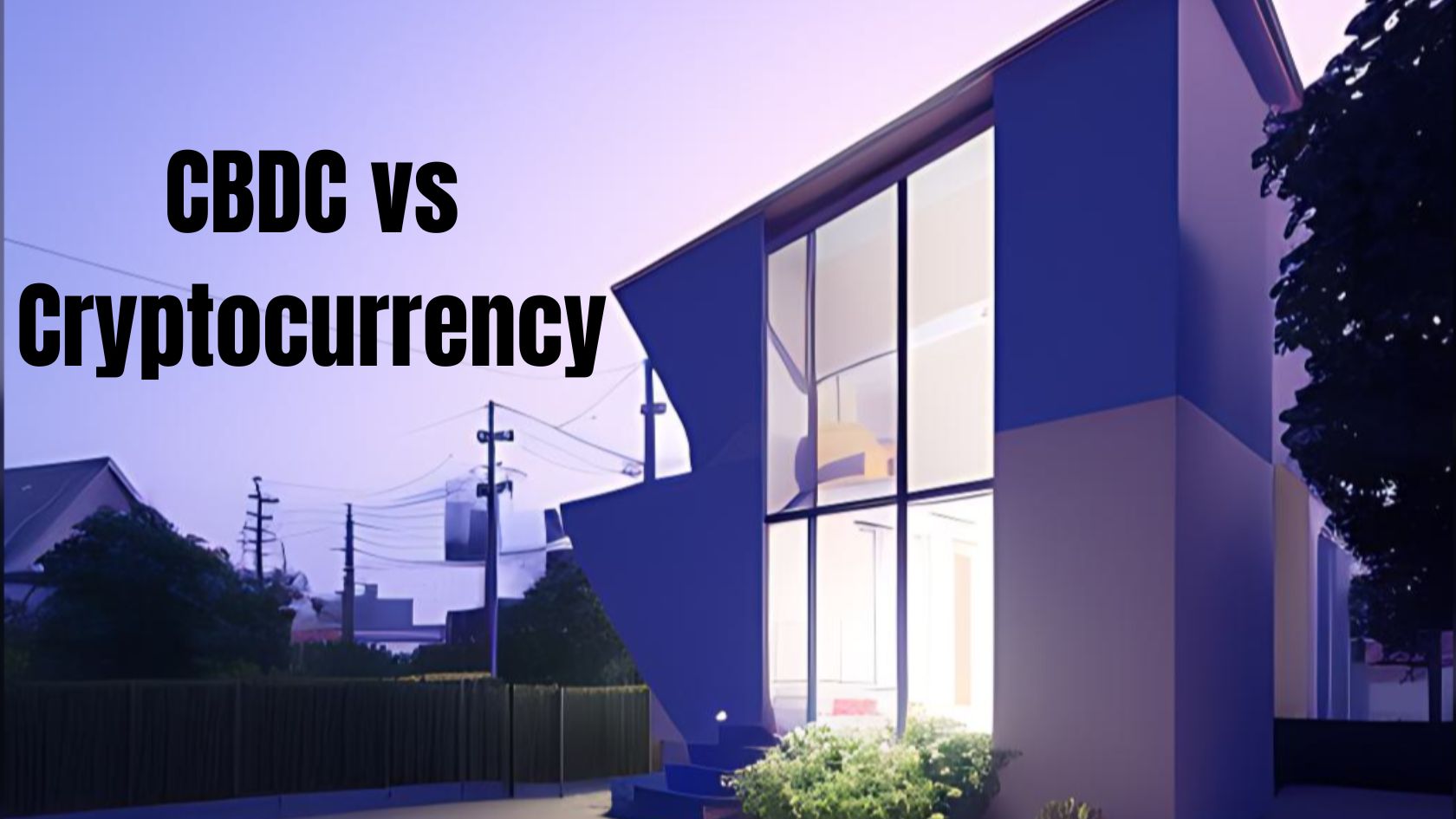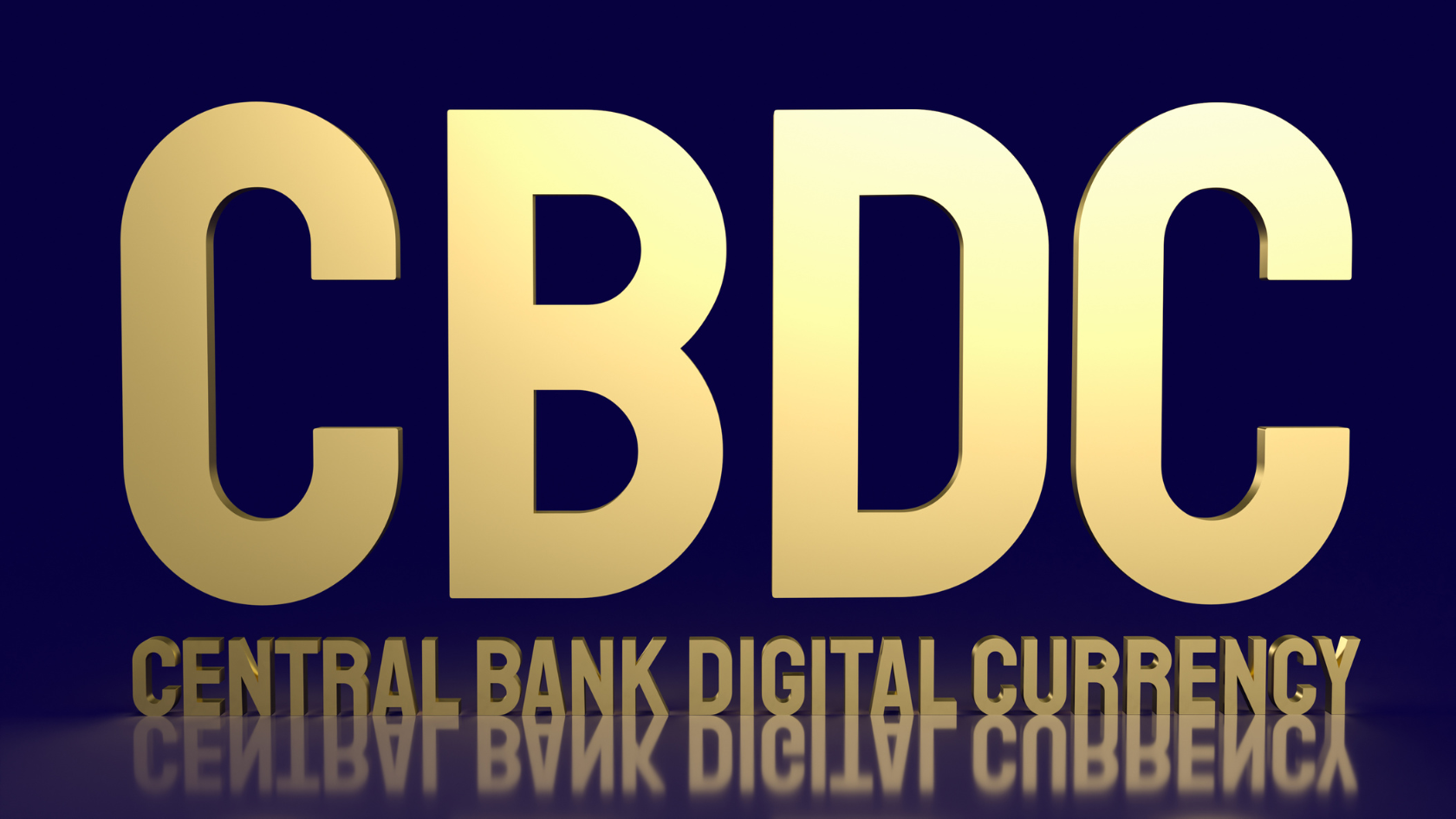Overview: How Long Does It Take To Mine One Bitcoin?
As the world’s first and most well-known cryptocurrency, Bitcoin has had a short but potent history of disrupting traditional financial systems and protocols.
However, Bitcoin’s influence extends beyond the economic realm — its impact can also be seen in technology. In particular, Bitcoin mining has significantly impacted the development of specialized hardware and software.
Bitcoin mining is a complex beast, an ever-evolving technology with a growing number of moving parts. But at its core, Bitcoin mining is a simple process: Bitcoin miners and mining pools use specialized software and hardware to solve complex math problems, and in doing so, they get Bitcoin in return.
The question on many people’s — and indeed every new miner’s minds is: how long does it take to mine one Bitcoin? For Bitcoin fans, this is an intriguing question. But for miners, it’s a necessary one that’s all about the numbers.
In this blog post, we’ll look at some factors influencing how long it takes to mine one Bitcoin: what equipment is needed, how much electricity is required, and what other considerations come into play.
Terms To Know
Block — a group of transactions bundled together and verified by miners. Each block contains a unique mathematical puzzle that must be solved to verify its transactions.
Hashrate — a measure of Bitcoin’s computational power, also called hashing power. It is measured in hashes per second (h/s). Bitcoin’s hash rate is an essential factor in the amount of Bitcoin that can be mined in a given period and thus is crucial to understanding what makes Bitcoin mining profitable.
Mining rig — a computer specially designed for mining cryptocurrencies.
Block reward — the number of Bitcoins awarded to miners for each successfully mined block. Approximately every four years, the block reward halves, as per the Bitcoin protocol.
“The Halving” — Bitcoin halving occurs approximately every four years when the Bitcoin block reward given to miners is halved. The halving helps to keep inflation in check and ensures that Bitcoin remains a scarce resource. As more Bitcoin is mined, the halving reduces the rate at which new Bitcoin is created, making Bitcoin a deflationary asset.
Difficulty — Mining difficulty measures how hard it is to solve the mathematical puzzle within a block. The difficulty adjusts every 2,016 blocks (approximately every two weeks) to keep the average time between blocks at 10 minutes.
Mining One Bitcoin
As discussed, per Bitcoin’s protocol, it takes approximately 10 minutes to mine a single Bitcoin. When Satoshi Nakamoto invented Bitcoin, he created the protocol so that new Bitcoin would be made at a set and predictable rate.
In 2009, the block reward was 50 Bitcoin. In 2012, it halved to 25 Bitcoin. And in 2016, it halved again to 12.5 Bitcoin. Finally, in 2020, the block reward halved to 6.25, which is where it currently stands.
Why? For two reasons:
- To ensure the security of the Bitcoin network, it was essential to create a mechanism that would make it difficult for bad actors to tamper with the blockchain. By making it computationally expensive and time-consuming to add new blocks, Nakamoto ensured that tampering with the Bitcoin blockchain would be a very costly endeavor.
- To create a steady and predictable flow of new Bitcoins. By capping the total number of Bitcoin that will ever be mined at 21 million, Nakamoto ensured that there would never be more than a finite number of Bitcoin in circulation. This system gives Bitcoin its value — Nakamoto made it a valuable commodity by creating artificial scarcity.
An important note — currently, there is no way to measure how long it takes to mine one Bitcoin specifically. However, when a miner solves the mathematical problem, they are rewarded with an entire block reward, which, as discussed, is currently 6.25 Bitcoin.
So while we can’t measure how long it takes to mine one Bitcoin, we can measure how long it takes to mine one block. And on average, that’s every 10 minutes.
What Mining Equipment Is Needed?
The first thing you need to know is that although there are several types of mining hardware — such as CPU and GPUs — in Bitcoin mining, there’s only one type of mining hardware that’s truly worth using: ASICs.
ASICs are specialized pieces of hardware that are designed specifically for Bitcoin mining. As a result, they’re much more efficient than CPUs and GPUs, and they’re the only type of mining hardware you can use to mine Bitcoin competitively.
ASICS, or application-specific integrated circuits, are chips designed for a specific use — in this case, Bitcoin mining. They’re designed to do only one thing: mine Bitcoin.
Specifically, ASICs are designed to solve Bitcoin’s proof-of-work algorithm, a complex math problem hard-coded into the Bitcoin protocol. To find a solution to the proof-of-work algorithm, miners must try billions of different combinations of numbers. ASICs are designed to test a large number of combinations very quickly.
How does this work? The faster a miner can try different combinations, the more likely they are to find a solution to the proof-of-work algorithm, and the more likely they’ll earn Bitcoin in the process.
How Much Electricity Is Required?
The second factor we must consider is energy. Bitcoin mining is very energy-intensive, requiring considerable electricity to power the miners. Bitcoin’s energy use has been the target of criticism as fears of climate change grow, not to mention electricity costs as an issue in mining operations.
While it’s undoubtedly crucial to harbor skepticism toward Bitcoin’s energy use, it’s also important to understand that Bitcoin’s energy consumption barely registers globally. Bitcoin mining is responsible for only about 0.5% of global energy consumption.
Some say this number is too high and still contributes to climate change. In contrast, others argue that this number is relatively low, given Bitcoin’s potential to harbor financial inclusion for the world’s unbanked.
In any case, it’s essential to understand that the amount of energy required to mine Bitcoin will vary depending on the efficiency of the miners. More efficient miners will use less electricity while less efficient miners will use more electricity.
What Does It Mean To Be Efficient?
The term “efficiency” is often used about how well something can convert energy. For example, in Bitcoin mining, efficiency measures how well a mining rig can convert its electricity into ASIC work.
A few factors contribute to a mining rig’s efficiency, including the mining hardware, the power supply, and the other components in the rig. The most efficient mining rigs use the least electricity per unit of Bitcoin.
For example, a rig that uses 1,000 watts of power and mines one Bitcoin per day is more efficient than a rig that uses 2,000 watts of power and mines 0.5 Bitcoins daily.
In addition, power efficiency depends on what type of energy is used to power the mining rig. For example, a rig powered by renewable energy sources like solar or wind power will have different power efficiency than a rig powered by fossil fuels.
While energy efficiency is beyond the scope of this article, know that Bitcoin mining economics are as layered as they are complex — but at the end of the day, the most profitable miners are usually the most energy efficient.
This is because they keep their costs down, optimize their operations, and ultimately earn more Bitcoin than their less efficient counterparts.
Mining Changes Over Time
It’s important to understand that the time it takes to mine one Bitcoin changes. This change is called the network difficulty adjustment — a measure of how difficult it is to find a solution to the proof-of-work algorithm — and it adjusts every 2,016 blocks or approximately every two weeks.
The difficulty adjustment is necessary because, as more and more miners join the network and attempt to mine Bitcoins, the average time it takes to find a solution to the proof-of-work algorithm increases.
If the difficulty adjustment did not exist, mining would become too easy, and too many miners would join the network and mine all of the 21 million Bitcoins too quickly. The difficulty adjustment ensures that the average time to find a solution remains constant, even as more miners join the network.
Please think of the difficulty adjustment like a seesaw: when more miners join the network, the difficulty adjusts upwards to make it more difficult for miners to find a solution and earn Bitcoins.
When miners drop off the grid, the difficulty adjusts downwards to make it easier for miners to find a solution and earn Bitcoins. The goal of the difficulty adjustment is to keep the average time to find a solution constant, even as more miners join or leave the network.
Key Takeaways
- BTC mining is verifying and adding single blocks (or transaction records) to the blockchain, a decentralized public ledger.
- Mining rigs use electricity to power the ASIC mining chips that do the mining work. The amount of electricity used by a mining rig can vary greatly depending on the efficiency of the rig.
- Miners don’t mine one Bitcoin at a time; they mine in blocks, and each block contains a certain number of Bitcoins — currently, 6.25 per block.
- Mining is a competitive business; the most efficient solo miners or mining pools usually earn the most Bitcoin.
Bitcoin mining as a concept is simple: miners use their computing power to solve a cryptographic puzzle, earning the right to add a new block of transactions to the Bitcoin blockchain.
However, the mining process is quite complex and requires a fair amount of technical know-how. With everything from Bitcoin mining pools to the relationship between the price of Bitcoin and the cost of mining, a lot goes into understanding how Bitcoin mining works.
Crypto mining, more broadly, is a broad and vital field. Aside from Bitcoin, Ethereum and other cryptocurrencies also require mining. Mining impacts the NFT space and even affects Bitcoin transaction fees. It’s a rabbit hole that quickly leads down a path of electrical engineering, computer science, and cryptography.
Bottom Line
Cryptoeconomics change over time, and it can be challenging to keep up, parse through the most up-to-date research, and understand the landscape. However, at American Crypto Academy, keeping up (and keeping you up to date) is our job.
American Crypto Academy is run by a team of experts, and we’re dedicated to making cryptocurrency and the blockchain easy, with educational resources and professional programs taught by carefully chosen industry professionals.
Check out the rest of our site to learn more.
Sources:





